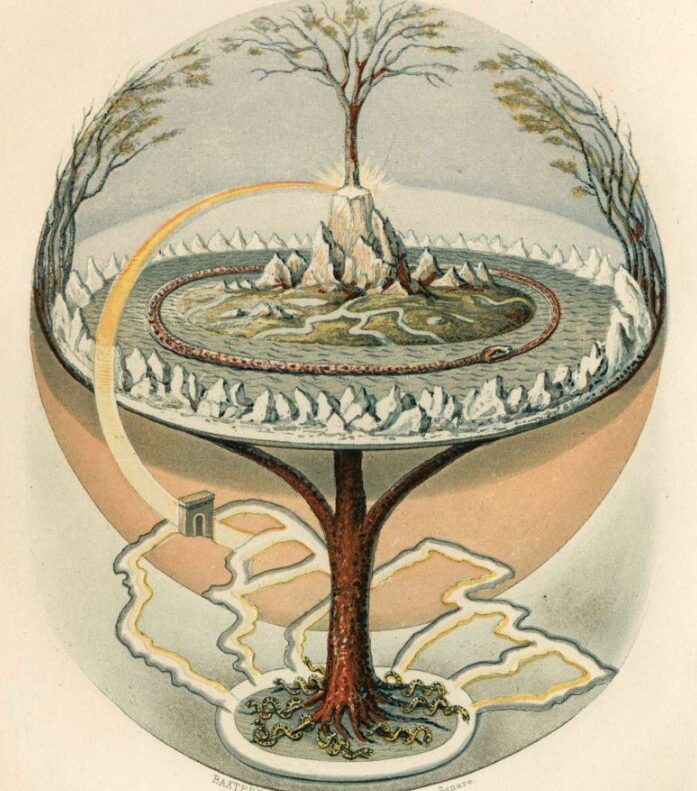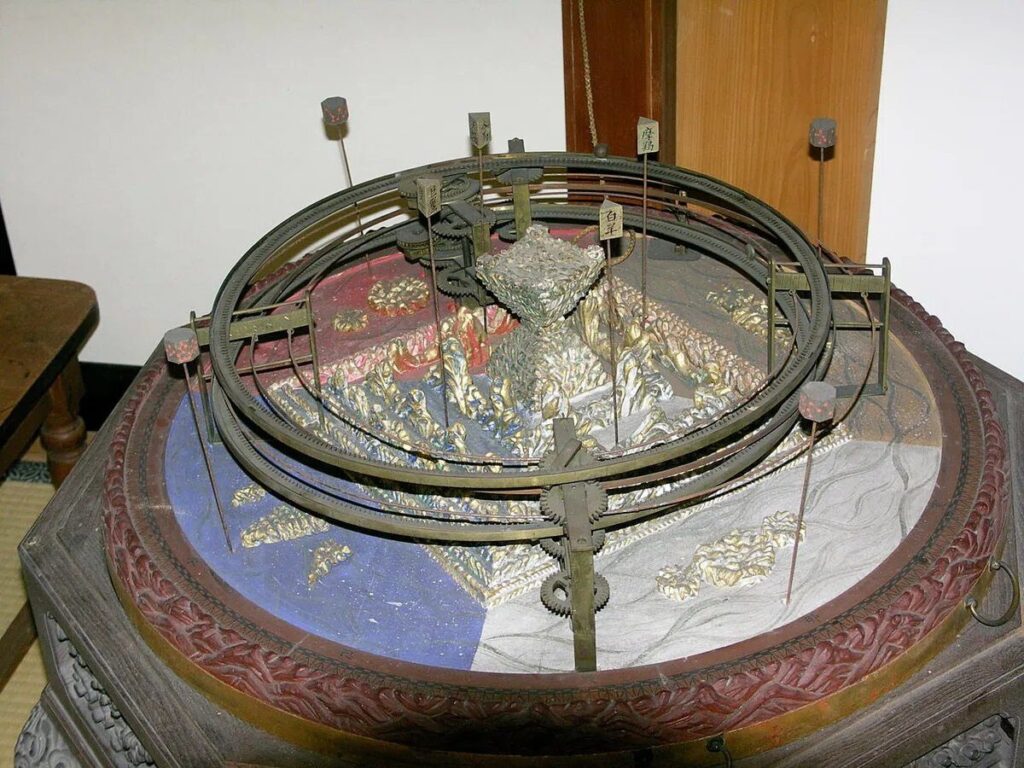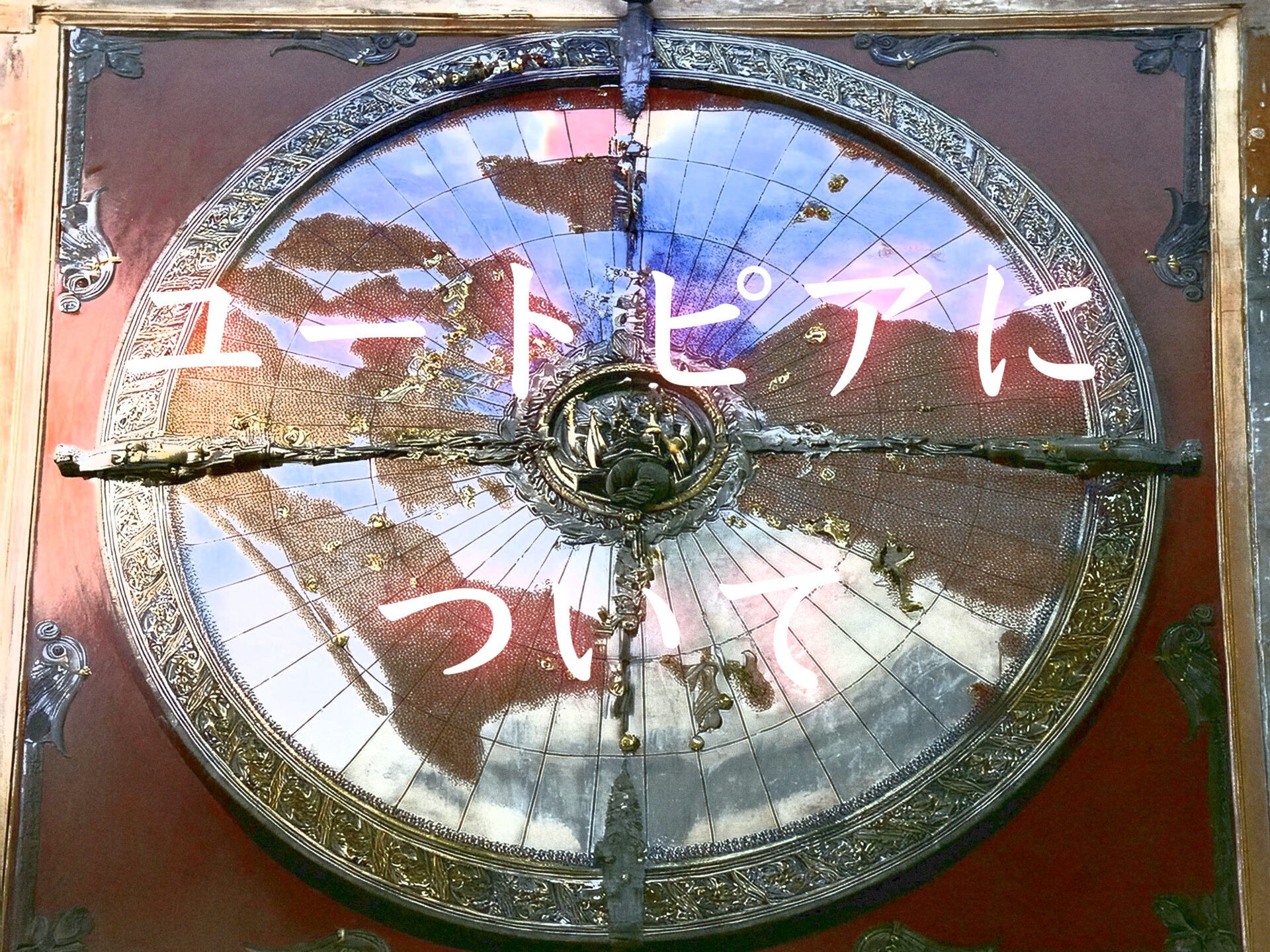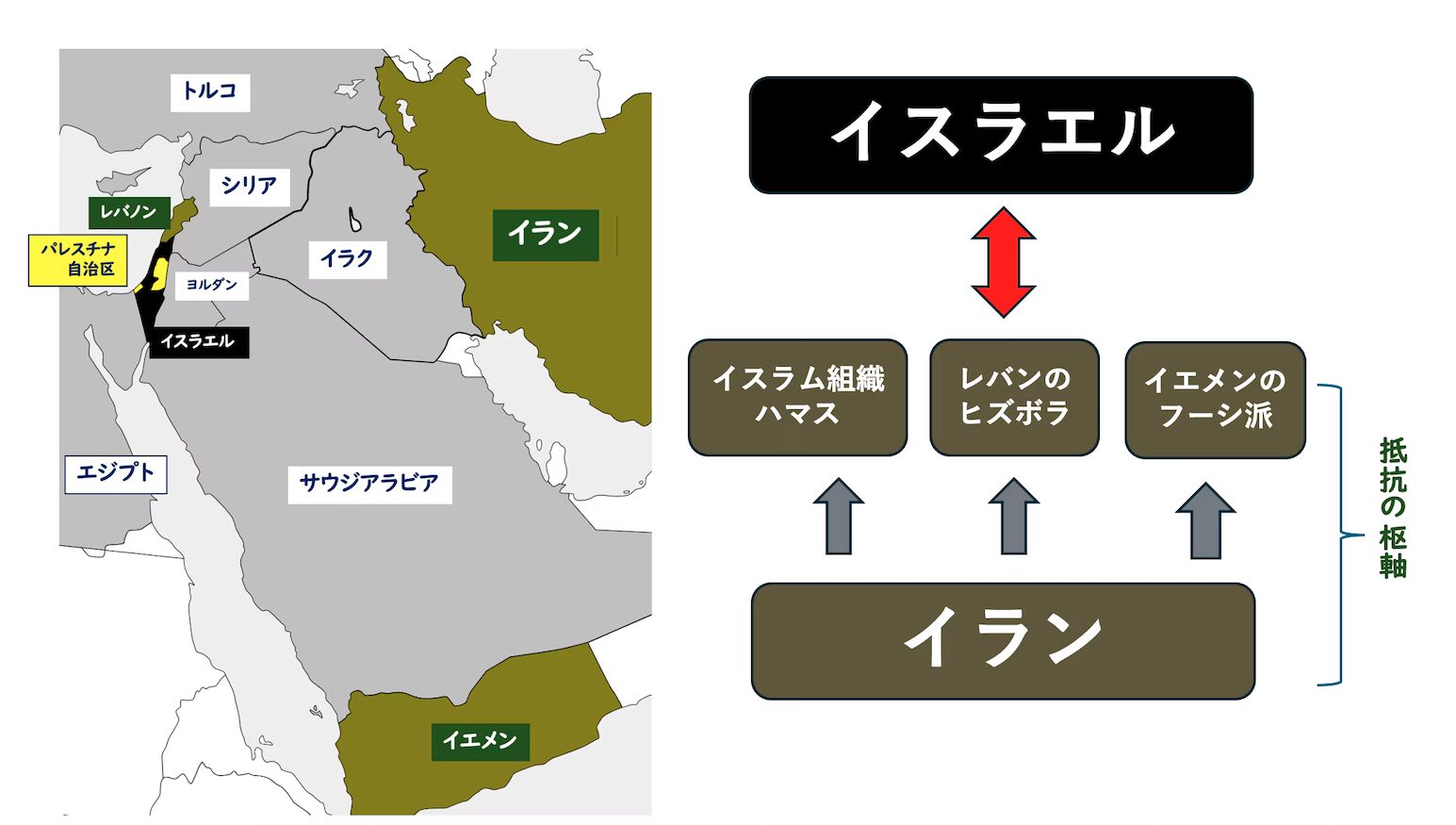What image comes to mind when we think of the Arctic? A desolate land covered in ice. A harsh environment where polar bears live in extreme cold. But is that truly “all there is to the Arctic”?
In fact, there’s a theory that the Arctic was once a place known as “Paradise” (Utopia). This paradise has been fragmentarily depicted in various myths, religions, and maps throughout history.
- Paradise = The Arctic? The “Center of the World” Common in Myths
- The Lost Continent and “Rupes Nigra”
- The “Axis Mundi (World Axis)” Hidden in the Arctic
- The Arctic as a Center of Energy
- Why Did This Paradise Disappear?
- Is the Arctic Still a “Sealed Paradise” Today?
- In Conclusion: Time to Look at the True Face of the Earth
Paradise = The Arctic? The “Center of the World” Common in Myths
In ancient texts and myths, there is a common concept of the center of the world = sacred land = paradise. For example:
- Norse Mythology: Yggdrasil and Asgard
- Buddhism: Mount Sumeru (Shumi-sen)
- Persian/Indian Mythology: Paradisia (Paradise)
- Greek Mythology: Hyperborea
- Celtic Mythology: Avalon
- Christianity: Garden of Eden
- Tibetan Buddhism: Shambhala
The sacred sites and paradises depicted in these myths share a common structure: a worldview where there is “a giant mountain or pillar at the center, from which four rivers flow in four directions.” Is this a coincidence?

Yggdrasil and Ymir
Ymir (ユミル) is part of the Norse creation myth (cosmic genesis myth), primarily described in Snorri’s Edda (Prose Edda). Ymir is the first being and primordial giant (frost giant) to appear in Norse mythology. When Niflheim (the world of ice) and Muspelheim (the world of fire) converged, the ice from the rivers flowing between them melted, and Ymir was the first to be born. He then created other giants from his sweat in dreams, eventually causing the giant race (Jötnar) to flourish in the world. A grand myth tells how Ymir was later killed by the gods (especially Odin and his brothers Vili and Vé), and the world was created from his body. This story definitely brings a certain manga to mind, doesn’t it?
Mount Sumeru (Shumi-sen)
Mount Sumeru (須弥山), as depicted in Buddhism, Jainism, and Hinduism, and even a “central pyramid” in Mayan civilization. The Inca and Navajo cultures also share similar concepts.

The model of Mount Sumeru shows pyramids at the top and bottom of the center. This is an energy shape, representing the “Torus energy (magnetic energy)” that Earth and all life possess. This indicates that the Arctic is a “powerful electromagnetic field.” Nikola Tesla discovered this. There’s a theory that the sun and moon receive electromagnetic energy from here and orbit the Earth. By the mid-17th century, the Arctic islands and central mountain disappeared and were never seen again.
The Lost Continent and “Rupes Nigra”
The Mystery of Rupes Nigra, the Phantom Island of the Arctic Circle on Ancient Maps / Sora Tono | webMU World Mysteries and Wonders News & Analysis Column (This link from the original text directs to a Japanese article about Rupes Nigra.) There’s an “island” in the Arctic Ocean centered around a huge rocky mountain! This place, repeatedly drawn on maps throughout history, is it an uncharted paradise or an entrance to the Earth’s interior?
Ancient maps from the 16th and 17th centuries, especially the famous Mercator map, depict the Arctic in a completely different way from how it is today. They show:
- Four islands in the Arctic.
- “Rupes Nigra” (a black, super-high magnetic mountain) at their center.
- Four great rivers flowing radially, dividing the four islands.
- The inscription: “Polus Arcticus (Arctic Pole).”
This information is said to have been drawn based on actual explorations and oral traditions, appearing consistently on many maps of the time. So why does this terrain no longer exist today?
The “Axis Mundi (World Axis)” Hidden in the Arctic
Many myths state that a pillar (or tree) connecting heaven and earth exists at the center of the world. This is the “Axis Mundi (世界軸).” The World Tree Yggdrasil in Norse mythology, Mount Sumeru in Buddhism… there are likely many more. These are all depicted as “centers of energy,” “spiritual gates,” and “entrances to transcend dimensions.”
And the place at that center is believed to be the former Arctic = the lost paradise. These Arctic lands are not imaginary, but actually exist on this Earth.
The Arctic as a Center of Energy
The models of Mount Sumeru and the torus structure suggest the existence of upward and downward energy flows (magnetism). This shows a curious consistency with current quantum physics and magnetic field theories.
- The Earth’s magnetic field originates from the North Pole and flows towards the South Pole.
- The compass points north because there is a “powerful source of magnetism” at the North Pole.
- Some theories even claim that “the sun and moon orbit the Earth due to this magnetic field.”
The Arctic might not be a material geographical point but a “cosmic focal point of power.” However, the Arctic eventually disappeared from maps, and thereafter, the “Arctic” became commonly understood as a “barren land of ice.”
Why Did This Paradise Disappear?
After the mid-17th century, the Arctic terrain depicted on Mercator maps suddenly disappeared. (The Mercator projection is a mapping method widely used, especially in navigation and geography, for projecting locations on Earth onto a flat map.) What we now know as the “ice-covered Arctic Ocean” became common knowledge, and the islands and mountains were “not supposed to exist.”
Was this just a geographical misunderstanding? Or was it intentional concealment or falsification of information?
These maps prove that “Eden,” “Shambhala,” and “Agartha” were once widely known. However, for some reason, that knowledge was erased and became treated as “occult.”
Is the Arctic Still a “Sealed Paradise” Today?
Past explorers reported “anomalous magnetism,” “time distortions,” “holes in the sky,” and “traces of advanced civilizations” in the Arctic. Some people still believe that the entrance to the underground world of Agartha exists in the Arctic. In Tibetan Buddhism, it’s called Shambhala (a Buddhist kingdom).
Furthermore, some recent satellite data has fueled rumors of a strange, hole-like shadow being observed at the North Pole.
In Conclusion: Time to Look at the True Face of the Earth
The Arctic may not just be a block of ice, but a key connected to truths sealed from humanity.
- Why do so many myths speak of similar paradises?
- Why was the true form of the Arctic erased?
- Why have we in modern times forgotten to explore it?
Holding these questions, let’s once again turn our attention to the “center of the world.” Paradise may not be lost, but simply waiting to be remembered.
✦



コメント